Global warming;
- info6151359
- Aug 6, 2023
- 5 min read
Global warming is the long-term warming of the planet’s overall temperature.
Global warming is the long-term warming
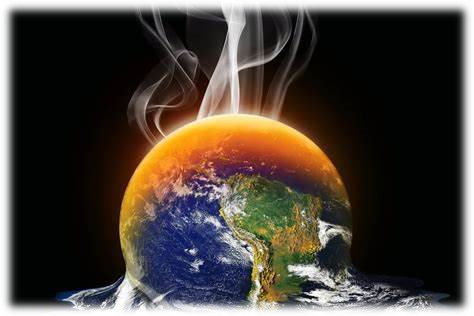
of the planet’s overall temperature Global warming, the phenomenon of increasing average air temperatures near the surface of Earth over the past one to two centuries. Climate scientists have since the mid-20th century gathered detailed observations of various weather phenomena (such as temperatures, precipitation, and storms) and of related influences on climate (such as ocean currents and the atmosphere’s chemical composition). These data indicate that Earth’s climate has changed over almost every conceivable timescale since the beginning of geologic time and that human activities since at least the beginning of the Industrial Revolution have a growing influence over the pace and extent of present-day climate change.
Giving voice to a growing conviction of most of the scientific community, the Intergovernmental Panel on Climate Change (IPCC) was formed in 1988 by the World Meteorological Organization (WMO) and the United Nations Environment Program (UNEP). The IPCC’s Sixth Assessment Report (AR6), published in 2021, noted that the best estimate of the increase in global average surface temperature between 1850 and 2019 was 1.07 °C (1.9 °F). An IPCC special report produced in 2018 noted that human beings and their activities have been responsible for a worldwide average temperature increase between 0.8 and 1.2 °C (1.4 and 2.2 °F) since preindustrial times, and most of the warming over the second half of the 20th century could be attributed to human activities.
Many climate scientists agree that significant societal, economic, and ecological damage would result if the global average temperature rose by more than 2 °C (3.6 °F) in such a short time. Such damage would include increased extinction of many plant and animal species, shifts in patterns of agriculture, and rising sea levels. By 2015 all but a few national governments had begun the process of instituting carbon reduction plans as part of the Paris Agreement, a treaty designed to help countries keep global warming to 1.5 °C (2.7 °F) above preindustrial levels in order to avoid the worst of the predicted effects. Whereas authors of the 2018 special report noted that should carbon emissions continue at their present rate, the increase in average near-surface air temperature would reach 1.5 °C sometime between 2030 and 2052, authors of the AR6 report suggested that this threshold would be reached by 2041 at the latest.
Causes of global warming
The greenhouse effect or Greenhouse gas emissions
A Greenhouse Gas (GHG or GhG) is a gas that absorbs and emits radiant energy at thermal infrared wavelengths, causing the greenhouse effect. The primary greenhouse gases in Earth's atmosphere are water vapor (H2O), carbon dioxide (CO2), methane (CH4), nitrous oxide (N2O), and ozone (O3). Without greenhouse gases, the average temperature of Earth's surface would be about −18 °C (0 °F), rather than the present average of 15 °C (59 °F).
Carbon dioxide (CO2) is the dominant emitted greenhouse gas, while methane (CH4) emissions almost have the same short-term impact. Nitrous oxide (N2O) and fluorinated gases (F-Gases) play a lesser role in comparison.
Human-caused emissions have increased atmospheric carbon dioxide by about 50% over pre-industrial levels. The growing levels of emissions have varied, but have been consistent among all greenhouse gases. Emissions in the 2010s averaged 56 billion tons a year, higher than any decade before.
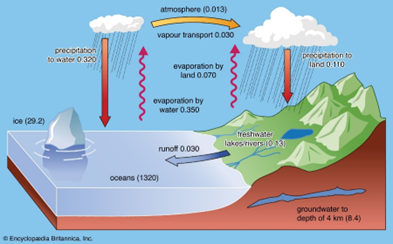
Electricity generation, heat and transport are major emitters; overall energy is responsible for around 73% of emissions.
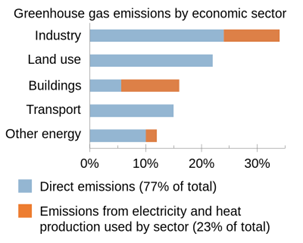
Canada's overall emissions growth over the 1990 to 2021 period was driven primarily by increased emissions from the oil and gas as well as the transport sectors. The 8.4% decrease in GHG emissions between 2005 and 2021 was mainly a result of emission reductions from the electricity and heavy industry sectors.
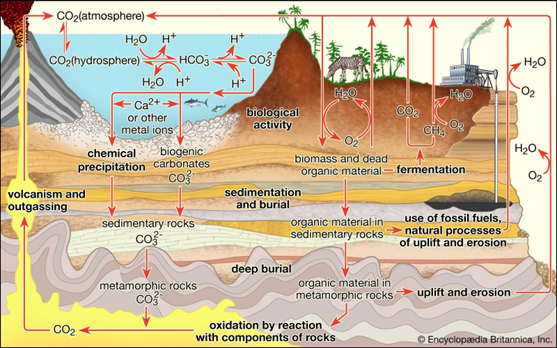
Canada's overall emissions growth over the 1990 to 2021 period was driven primarily by increased emissions from the oil and gas as well as the transport sectors.
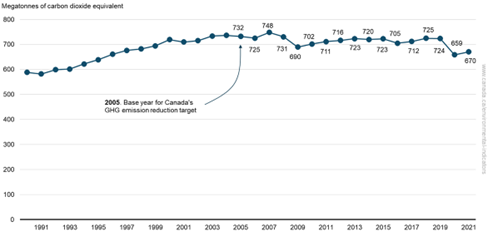
The 8.4% decrease in GHG emissions between 2005 and 2021 was mainly a result of emission reductions from the electricity and heavy industry sectors.
Key results
Canada's total GHG emissions in 2021 were 670 megatons of carbon dioxide equivalent (Mt CO2 eq), a 1.8% increase from 659 Mt CO2 eq in 2020
From 2005 to 2021, Canada's GHG emissions decreased by 8.4% (62 Mt CO2 eq)
Between 1990 and 2021, Canada's GHG emissions increased by 13.9% (82 Mt CO2 eq)
Pathway to meeting Canada’s 2030 target

Net-Zero Emissions by 2050
The transition to a cleaner, prosperous economy needs to be both an immediate priority and a sustained effort over the years and decades ahead. Canada must keep innovating to meet this long-term goal, strengthening and building on existing measures that fight climate change and transform the economy.
To avert the worst impacts of climate change, the Government of Canada is committed to achieving net-zero emissions by 2050.
This goal will require support and engagement from all parts of society, including provinces and territories, cities, Indigenous Peoples, youth, and businesses.
What is Net-Zero?
Achieving net-zero emissions means our economy either emits no greenhouse gas emissions or offsets its emissions, for example, through actions such as tree planting or employing technologies that can capture carbon before it is released into the air. This is essential to keeping the world safe and livable for our kids and grandkids.
Canada has joined over 120 countries in committing to be net-zero emissions by 2050, including all other G7 nations (United Kingdom, United States, Germany, Italy, France, and Japan), A number of provinces and cities have already made net-zero-by-2050 commitments, including Guelph, Vancouver, Hamilton, Toronto, Halifax, Newfoundland and Labrador, and most recently Quebec. Prince Edward Island has also pledged to reach net-zero greenhouse gas emissions by 2040. Nova Scotia and British Columbia have put into place, or plan to put into place, provincial net-zero-by-2050 legislation.

Canada’s plan to reach Net-Zero
The Canadian Net-Zero Emissions Accountability Act, which became law on June 29, 2021, enshrines in legislation Canada’s commitment to achieve net-zero emissions by 2050. The Act ensures transparency and accountability as the government works to deliver on its targets. The Act requires public participation and independent advice to guide the Government of Canada’s efforts.
2030 Emissions Reduction Plan: Clean Air, Strong Economy
Building on the actions in Canada’s strengthened climate plan (2020), and the Pan-Canadian Framework (2016), the 2030 Emissions Reduction Plan (2022) provides a roadmap to how Canada will meet its enhanced Paris Agreement target to reduce emissions by 40-45% from 2005 levels by 2030.
The Government of Canada published the country’s 2030 Emissions Reduction Plan in March 2022. The plan reflects input from provinces, territories, Indigenous Peoples, the Net-Zero Advisory Body, and interested Canadians on what is needed to reach Canada’s more ambitious climate target of 40-45% emissions reductions by 2030.
One question is; who could be help to have better future? What is our responsibility over environment and world ecosystem?

Comments